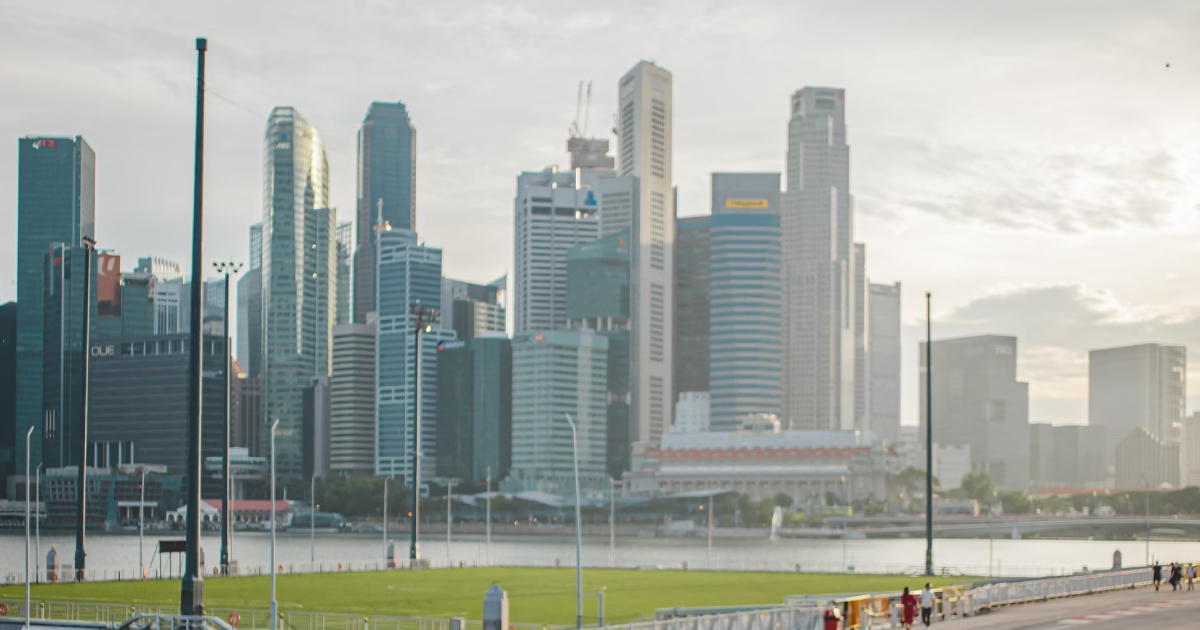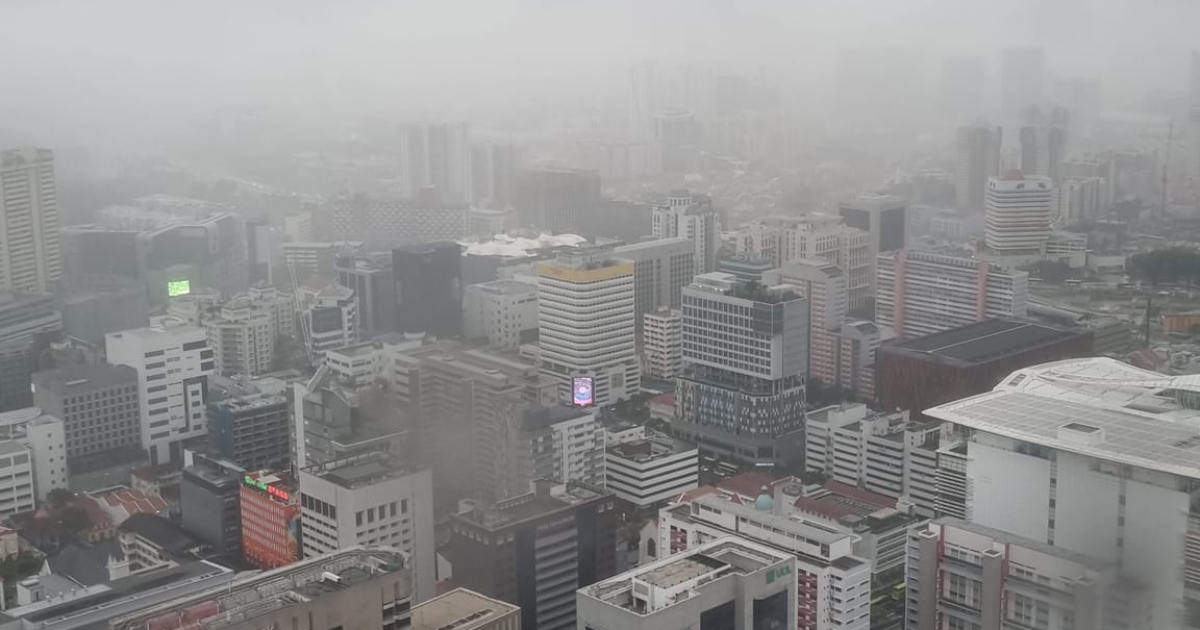S'pore's economy grew 4.1% year-on-year in Q3 2024, core inflation expected to decline to 2%
Better than expected.

The Singapore economy grew 4.1 per cent on a year-on-year basis in the third quarter of 2024, based on the advanced estimates of the Ministry of Trade and Industry (MTI).
The second quarter saw a 2.9 per cent gross domestic product (GDP) growth.
On a quarter-on-quarter, seasonally-adjusted basis, the economy expanded by 2.1 per cent, faster than the 0.4 per cent growth in the second quarter.
Manufacturing outperformed
The manufacturing sector expanded by 7.5 per cent year-on-year in the third quarter of 2024, rebounding from the 1.1 per cent contraction in the previous quarter.
Output expansions were seen across all manufacturing clusters, expect for the volatile biomedical manufacturing cluster.
Construction grew by 3.1 per cent year-on-year, attributed to an increase in public sector construction output.
The wholesale and retail trade, as well as transportation and storage sectors collectively expanded by 3.5 per cent, while the group of sectors comprising the information and communications, together with the finance and
insurance, as well as professional services sectors grew by 4.3 per cent year-on-year.
Other services sectors, such as the accommodation and food services, real estate, administrative and support services and other services sectors grew 1.0 per cent, the same pace as that recorded in the preceding quarter.
Core inflation
The Monetary Authority of Singapore (MAS) expected core inflation, which excludes accommodation and private transport, to decline further to around 2 per cent by the end of 2024.
This was down from 4.2 per cent in 2023.
It is forecast to average around the mid-point of the forecast range of 1.5 to 2.5 per cent in 2025.
"Imported costs are forecast to be broadly stable next year, reflecting an anticipated unwinding of oil production cuts and favourable weather conditions for food supply," MAS said.
Unit labour costs are projected to rise, coupled with nominal wage growth and recovery in productivity.
Headline inflation is expected to come in around 2.5 per cent this year, compared to 4.8 per cent in 2023.
"The risks to Singapore’s inflation outlook are more balanced compared to three months ago," MAS said.
The ministry added that a stronger demand for labour, which comes with GDP growth, might result in a longer period of transition for labour costs to moderate and service price inflation to normalise.
Geopolitical tensions and commodity price shocks could burden imported costs.
"However, a significant downturn in the global economy would induce an abrupt easing in cost and price pressures, causing domestic inflation to come in materially lower than expected," the ministry said.
No monetary policy changes
MAS maintained the rate of appreciation of the Singapore dollar nominal effective exchange rate (S$NEER) policy band.
No changes were made to the width of the band or the level at which it was centred.
The S$NEER has been appreciating gradually in line with the policy band, MAS said on Oct. 14, and monetary policy settings are consistent with medium-price stability.
This is the sixth time in a row that the central bank has held policy steady.
Singapore's monetary policy is exchange-rate based, unlike in other countries, which use interest rates.
Top photo via Unsplash
MORE STORIES




















